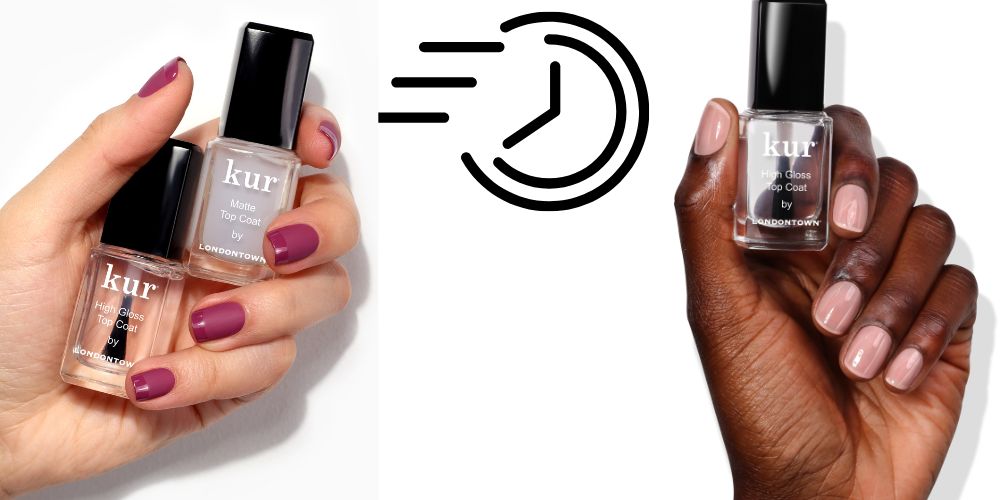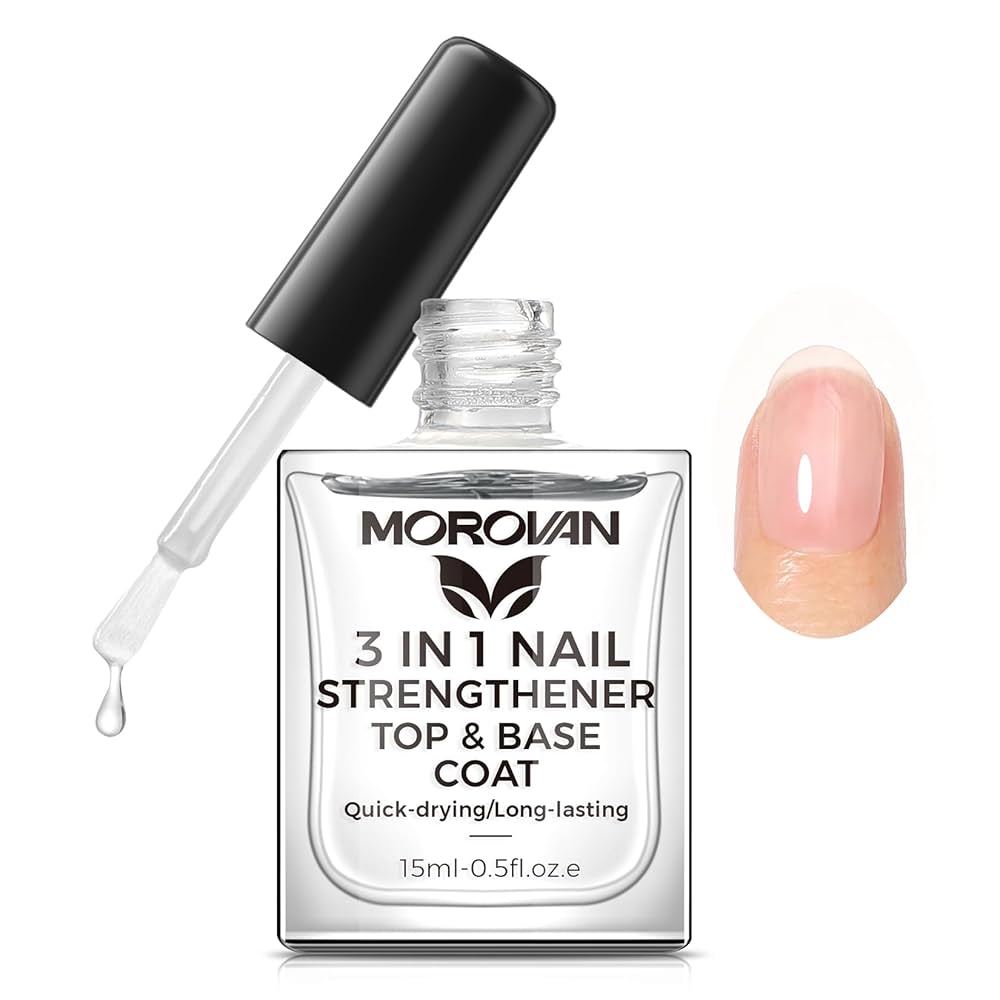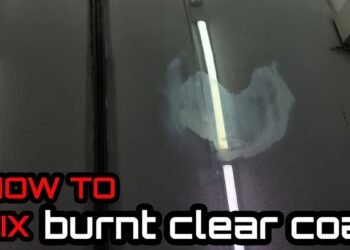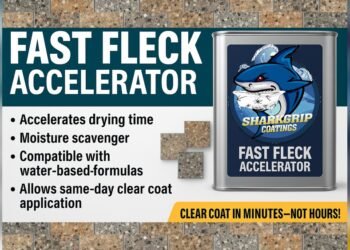Have you ever wondered if you can let your clear coat dry without using a hardener? Maybe you’re in the middle of a project, or just curious about how essential that hardener really is.
The truth is, skipping the hardener might seem like a quick shortcut, but it can lead to sticky, soft finishes that don’t last. If you want your clear coat to look smooth, shine bright, and stand the test of time, understanding why hardeners matter is key.
Keep reading, because we’ll walk you through what happens when you skip the hardener, why it’s usually necessary, and what you can do if you find yourself without it. Don’t risk your paint job—let’s get your clear coat drying right!

Credit: www.ebay.com
Role Of Hardener In Clear Coat
The hardener plays a crucial role in the clear coat application. It acts as a catalyst that triggers a chemical process. This process transforms the liquid clear coat into a solid, durable film. Without hardener, the clear coat may dry superficially but will not fully cure. This difference affects the overall performance and appearance of the finish.
Chemical Reaction And Curing
The hardener causes a chemical reaction called cross-linking. This reaction links the paint molecules together tightly. The result is a strong and tough surface. The clear coat without hardener only dries on the surface. It remains soft inside and can easily get damaged. Proper curing means the clear coat becomes hard and resistant.
Effects On Finish Durability And Gloss
A clear coat cured with hardener resists scratches and chemicals better. It lasts longer under harsh conditions. The gloss stays shiny and smooth for years. Without hardener, the finish loses its shine quickly. It can become dull and rough over time. Durability and gloss depend heavily on the hardener’s presence.
Types Of Paints Requiring Hardener
Certain paints need a hardener to dry and cure properly. These paints are called two-component paints. Without a hardener, they stay soft and sticky. This weakens the finish and lowers durability. Knowing which paints require hardener helps avoid problems like peeling and dullness.
Hardener starts a chemical reaction with the paint. This reaction forms a strong, tough layer. It is not just drying but curing. Curing makes the paint last longer and resist damage.
Two-component Paints
Two-component paints mix paint with a hardener or activator. The hardener triggers curing, which creates a solid finish. These paints are common in automotive and industrial work. They include base coats, primers, and clear coats that need extra strength. Without hardener, the paint remains soft and can peel easily.
Epoxy And Single-stage Clear Coats
Epoxy paints always need hardener. They harden slowly without it but never fully cure. Heat alone cannot replace the hardener’s effect. Single-stage clear coats often require hardener too. This helps protect the surface and adds shine. Using clear coat without hardener can cause a dull, sticky finish that wears fast.
Consequences Of Skipping Hardener
Skipping the hardener in a clear coat can cause serious problems. The hardener triggers a chemical reaction that cures the clear coat properly. Without it, the clear coat may dry on the surface but will not fully harden. This leads to several issues that affect the look and lifespan of the finish.
Soft And Sticky Surface
The clear coat will stay soft and tacky without the hardener. This sticky layer attracts dust and dirt easily. The surface feels gummy and can be damaged by touch or cleaning. It never reaches the smooth, hard finish expected from a proper clear coat.
Reduced Durability And Gloss
A clear coat without hardener lacks strength and shine. The finish wears down quickly from everyday use. Scratches and chemical stains appear faster. The gloss fades as the clear coat fails to cure fully. This reduces the beauty and protection of the painted surface.
Potential Finish Failures
Without hardener, the clear coat can peel or flake off over time. The weak bond makes the finish less stable. Moisture and temperature changes cause cracks and blisters. This leads to costly repairs and repainting to fix the damaged finish.
Drying Clear Coat Without Hardener
Drying clear coat without hardener is a topic many DIY painters ask about. Clear coat usually needs hardener to cure correctly. But sometimes, people wonder if it can dry without it. Understanding the process helps avoid problems with the finish. This section explains what happens when you skip the hardener.
Is It Possible To Dry Without Hardener?
Clear coat can dry to the touch without hardener. This means it feels dry on the surface. But drying is not the same as curing. Without hardener, the clear coat will not fully harden. It stays soft and weak under the surface. The paint may look fine but lacks strength. It cannot protect the base coat well without curing.
Limitations And Risks
Using clear coat without hardener has many risks. The finish will stay sticky and attract dust easily. It can peel or chip in a short time. The gloss and shine may dull quickly. The clear coat will not resist scratches or chemicals. Also, it may take much longer to dry completely. This can cause problems if you try to polish or buff it. Overall, skipping hardener reduces the quality and lifespan of your paint job.
Quick Tips For Better Results
Achieving a smooth and durable finish with clear coat dry without hardener requires attention to detail. Small steps can greatly improve your results. Follow these quick tips to enhance the drying and appearance of your clear coat.
Surface Preparation
Clean the surface thoroughly before applying clear coat. Remove all dust, grease, and old paint residues. Use fine sandpaper to smooth rough areas. A clean, smooth surface helps the clear coat stick better and dry evenly.
Proper Application Techniques
Apply thin, even layers of clear coat for better drying. Avoid heavy coats that stay wet longer. Hold the spray can or gun at the right distance, about 6-8 inches from the surface. Allow each layer to dry before adding the next one.
Environmental Considerations
Work in a dust-free, well-ventilated area to prevent contamination. Ideal temperature is between 60°F and 80°F (15°C and 27°C). Avoid high humidity or direct sunlight as they slow drying and cause defects. Keep the workspace clean and dry for best results.

Credit: www.londontownusa.com
Alternatives When Hardener Is Missing
Clear coat without hardener often fails to cure properly. It stays soft and may attract dust or peel. Some alternatives exist to handle this issue. These methods help save time and materials when hardener is missing.
Using Single-stage Clear Coats
Single-stage clear coats come pre-mixed with hardener. They dry and cure without adding extra activators. This option suits small projects or quick fixes. The finish may not be as durable as two-component systems. Still, it provides a smooth and glossy surface. Using single-stage clear coats removes the risk of hardener mistakes.
Reapplying With Hardener
Apply a fresh clear coat mixed with hardener over the previous coat. Lightly sand the soft surface before reapplying. This step improves adhesion between layers. Use the correct hardener ratio for best results. The new layer will cure fully and harden properly. This method saves the base coat and avoids stripping.
When To Strip And Restart
Strip the clear coat if it remains sticky or soft after days. Sand or use chemical strippers to remove the failed coat. Clean the surface thoroughly before repainting. Restart with a properly mixed clear coat and hardener. This process ensures a strong, durable finish. Avoid rushing to prevent future problems with the paint job.
Common Mistakes To Avoid
Applying clear coat without a hardener can lead to poor results. Many users make simple mistakes that ruin the finish. Avoid these common errors to get a smooth, durable clear coat that lasts. Understanding what to avoid helps improve your painting project.
Forgetting Catalyst Addition
Clear coat needs a catalyst or hardener to dry properly. Without it, the paint stays soft and sticky. This causes dirt to stick and the finish to peel. Always add the correct amount of catalyst as recommended. Skipping this step is a common and costly error.
Ignoring Manufacturer Instructions
Each clear coat product has specific guidelines. These include mixing ratios, drying time, and application methods. Ignoring instructions leads to poor adhesion and uneven drying. Read the label carefully and follow every step exactly. This ensures the best finish and durability.
Applying In Humid Conditions
Humidity affects how clear coat dries. High moisture slows drying and can cause cloudiness. It may also trap bubbles and dust in the finish. Paint in dry, well-ventilated areas for best results. Avoid spraying clear coat during rainy or very humid days.

Credit: www.amazon.com
Frequently Asked Questions
Can I Use Clear Coat Without Hardener?
Using clear coat without hardener prevents proper curing. The finish stays soft, sticky, and less durable. Always mix hardener for a strong, glossy coat.
Will Paint Dry Without Hardener?
Paint may dry without hardener but won’t properly cure or harden. It stays soft, sticky, and less durable.
Do You Use Hardener With Clear Coat?
Yes, use hardener with clear coat for proper curing. It creates a hard, durable, and glossy finish. Without it, the clear coat stays soft and sticky.
How Long Are You Supposed To Let Clear Coat Dry?
Clear coat typically dries to the touch within 30 minutes to 1 hour. Allow 24 hours for full curing.
Can Clear Coat Dry Without Using A Hardener?
Clear coat can dry but will stay soft and sticky without hardener. It won’t fully cure.
Conclusion
Clear coat without hardener may dry but won’t properly cure. The finish stays soft, sticky, and weak over time. This leads to poor protection and less shine. Applying hardener ensures a strong, durable coat that lasts longer. Skipping it risks damage and peeling of the paint.
Always follow product instructions for best results. Proper curing keeps your paint looking smooth and fresh.

















